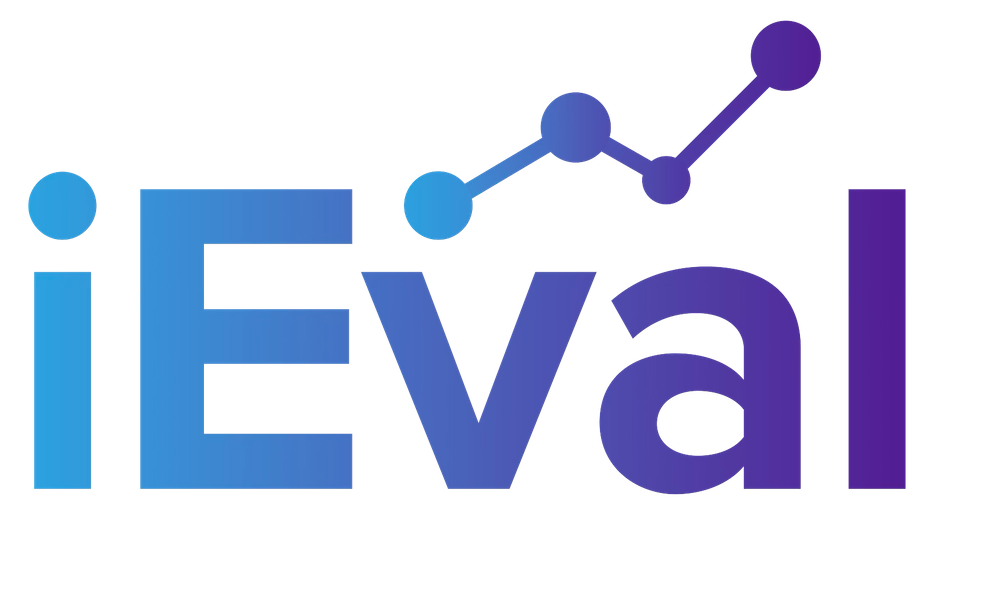A few months ago I talked about ways to help a client think about and organize their existing data. I had used a chart as a tool for this, creating three tables with the following headings: current data collection efforts, past data collection efforts, and possible data collection efforts. Within each chart there was a column to list information about each source of data, such as:
- Type of data
- Location (folder/file names)
- How the data is collected (pencil and paper, online survey tool, interviews, etc.)
- How often the data is collected
- What questions are answered by the data? This could be based on evaluation questions or other “big” questions the organization has, such as who is being served by our programs?
- Stakeholders for the data
An example of a chart follows below:
I had used these charts with a client’s Executive Committee and they found them very useful to see the data they had collected.
Since that post, I have continued to work with the client around their data collection. They were interested in ensuring all of the data they were collecting was useful and relevant. How much of what they were collecting was because they have always done it before?
To answer this question, the Executive Committee wanted the entire Board of Directors to review the charts and think more deeply about them. To facilitate this, I developed a “Data Scavenger Hunt” activity for them to complete at their board meeting. The client was very invested in the outcome of this work and saw the importance of data collection and reporting. Because of this buy in, they dedicated an hour and a half of their board meeting to the Data Scavenger Hunt and the follow-up Data Dig activity.
The Data Scavenger started with brief homework for each person. They received a copy of the completed tables (which I explained above) and a link to a brief online survey. The purpose of the online survey was to get people looking through the tables. The survey had questions like:
- Approximately how many current data collection efforts is the organization undertaking?
- Approximately how many recent past data collection efforts did the organization complete?
- If you were given 10 minutes for a presentation to {specific stakeholder group} to promote your organization, which sources of data would you use? – This question was repeated with different stakeholder groups – parents, administrators, legislators, etc. to get people thinking how different data is used based on who they may be talking to.
- What other data are the organization collecting that are not represented on these charts?
- Identify two current sources of data that you feel are important for the Board of Directors to review quarterly.
- Identify one current source of data that you have never used.
To answer questions 3, 5 and 6, the respondents were given the list of all the different data that the organization collects to choose from and just had to click on their answers. No writing necessary.
After everyone took the survey, we tallied up the responses and reported them back to the Board of Directors. Some of the findings were surprising but many of them reaffirmed the importance of the data that was collected.
DR. EVERETT’S USEFUL TIP: Make the data scavenger hunt fun! Some ideas: give prizes to people who got the most (and least) correct answers or use a treasure map theme.


